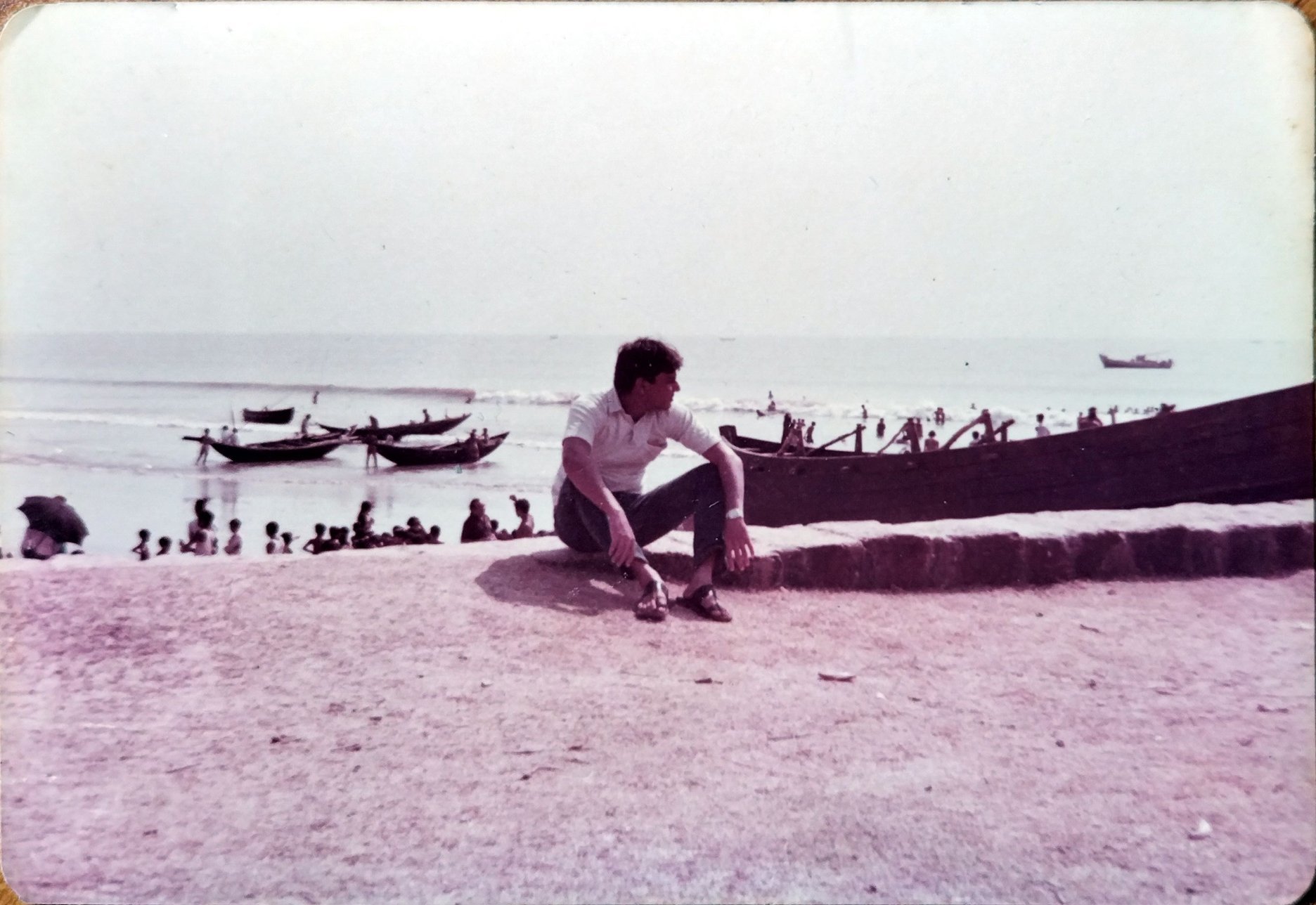Avarekai Rasam: A South Indian Winter Dish

Rashmi Gopal Rao writes about a Bangalore favourite, averekai, and her family’s favourite way to cook the beans.
Come winter and visiting the local vegetable markets in Bengaluru could not be more colourful or exciting. From luscious green peppers and mangai injifresh (fresh mango-ginger), to fruits like gooseberry, and roots like makali beru (swallow root), the markets are full of unusual bounty typical to winter in the South. No description of winter produce in Bengaluru is complete without the mention of avarekai (hyacinth bean), which is more than a mere vegetable; it is a symbol of Bengaluru, if ever there was one.
Highly nutritious, the hyacinth bean is known to regulate blood pressure and blood sugar levels, and is without doubt, our favourite legume. Added to almost every dish (idli, dosa, sambhar, even upma) during its short season, avarekai also has its own exclusive street food festival called Avarekai Mela, held annually in V V Puram in south Bangalore.
Meal-planning in most homes is significantly easier during avarekai season: the beans monopolise the menu in every forms. It is enthusiastically consumed for breakfast, lunch, dinner and even as a snack! Every household has their own favourite prep, and in my home it is avarekai saru or rasam; unique and flavourful. Unlike most other varieties of rasam, it isn't made with rasam powder, but with freshly ground spices instead. In fact, any reference to rasam powder in the context of avarekai saru is met with a sneer of disdain and indignation — after all, it is avarekai, and it deserves nothing short of the best!
Recipe: Avarekai Rasam
Ingredients
1 ½ cup + 1/2 cup boiled avarekai
3 tbsp tamarind juice
1 tbsp cumin seeds
1 tbsp coriander seeds
2-3 ripened (almost red) green chillies
A pinch of asafoetida
1 small cup fresh coconut, grated
For seasoning
1 tsp cooking oil
1 tsp mustard seeds
5-10 curry leaves
Method
Boil the avarekai till cooked, then set aside. Also keep aside about half a cup of boiled beans for grinding with the spices.
Dry roast the cumin, coriander seeds, chillies and asafoetida till the mixture becomes aromatic.
Add coconut and half cup boiled beans to the aromatic mixture and grind to a smooth paste. Add a splash of water water if the mixture is too dry.
In a hot wok, mix the ground paste in with the boiled avarekai.
Add 2 cups water, salt and turmeric powder, mix well and allow to boil
Then add tamarind juice and bring to a final boil.
Heat oil in another pan, add mustard seeds and allow to splutter.
Next, add the curry leaves and pour the seasoning over the saru.
Serve with hot rice.
Notes
You can alter the quantity of chillies and tamarind to your taste.
Avoid cooking the beans in the pressure cooker, you do not want them becoming too soft and mushy.
Rashmi Gopal Rao is a freelance writer and travel-lifestyle blogger from Bangalore. She writes on travel, food and decor. A strong advocate and supporter of responsible and sustainable tourism, she blogs here and tweets at @rashminotes.
Banner image: One Teaspoon of Life
ALSO ON THE GOYA JOURNAL








